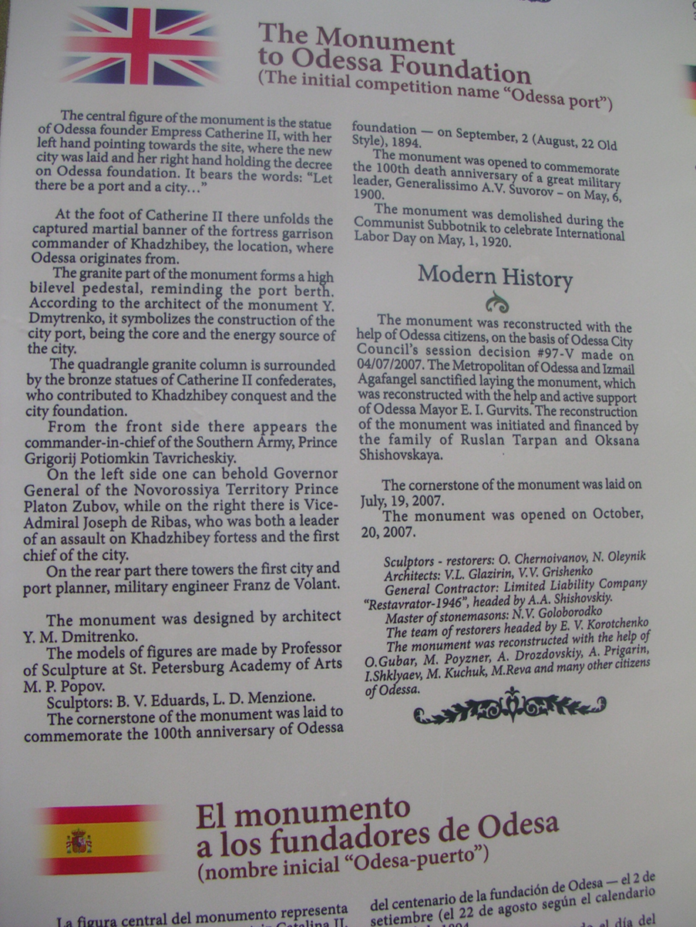By Willy Fautré, director of Human Rights Without Frontiers
On Wednesday night, Ukrainians removed the statue of the 18th-century empress of Russia Catherine the Great in the southern city of Odesa after the regional council passed a resolution to dismantle monuments symbolising the Russian imperial past. A de-russification of Ukraine in answer to Putin’s de-ukrainization of the occupied territories.
On 27 October 2007, I was in Odesa and I attended the inauguration of the statue of Catherine II which was already controversial at that time.
On the one hand, there were fireworks and after the ceremony, a concert by the Odesa Philarmonic orchestra. On the other hand, there were numerous attempts from the highest authorities to counteract the installation of the monument in Odesa. Then-President Viktor Yushchenko spoke out against the monument. Representatives of Ukrainian nationalist parties and movements arrived to the city especially to disrupt the event. The Cossacks demonstrated against the official ceremony stressing that they had been persecuted by the Russian Empress when she conquered the regions along the Black Sea from the Ottoman Empire. For security reasons Ekaterinskaya Square was surrounded by the police cordon that then separated supporters and opponents of the ceremony.
At that time, public opinion was still very much divided between supporters of Ukrainian sovereignty hostile to Russia and pro-Russian Ukrainians in the eastern and southern parts of the country who usually voted for Russophile political parties at each election. This rip came to an end with the election of Volodymyr Zelensky as president of the country who was known and appreciated as a famous comedian by all segments of society. In 2019, he won the presidential election in almost all the oblasts.

A difficult but democratic decision
Since the 24 February invasion, the statue of the city’s founder, which towers over a central square and looks onto the Black Sea, has been vandalised repeatedly, which prompted many Ukrainians to reject their country’s historical ties to Moscow. There were vivid debates among the population, political parties and in the city council. The inhabitants of the Black Sea Pearl were largely consulted about the fate of the statue.
On 30 November, Odesa City Council supported the dismantling of monuments to Russian military leader Alexander Suvorov and the “Founders of Odesa”, better known as the monument to Russian Empress Catherine the Great.
Earlier, a vote on the monument to Catherine II was held in Odesa. According to the mayor of the city Gennadiy Trukhanov, the majority of Odesa residents who voted supported the idea of dismantling the monument. Subsequently, the decision was supported by the executive committee of the city council.
It seems that the statue will be housed at the Odessa Art Museum. The option of moving the monument to another location essentially suited the conflicting parties.
Bottom picture by Willy Fautré on 27 October 2007 – Published by HRWF



